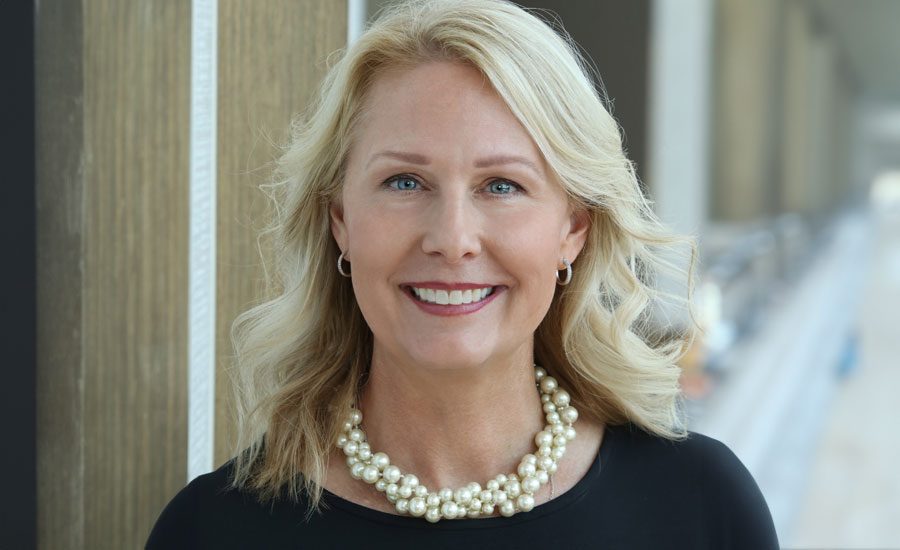
While doing my best to keep up with changes in the world of roofing and construction, several news items have come to my attention reminding me how our world stubbornly refuses to change. For the past several months, it seems that every time I turn around another roofer has met his demise in a fall.
According to a report by the U.S. Bureau of Labor Statistics, workplace fatalities occurred at a rate of 3.9 per 100,000 workers in 2006. The report breaks U.S. workplace fatalities down into a number of classifications, and while roofing is not the most dangerous of occupation, it maintains a top 10 rating in this grim report. Compared to the overall worker rating of 3.9, roofers have a fatality rate of 33.9 per 100,000 workers. The report goes on to state that 14 percent of all workplace fatalities result from falls, and of those falls, 23 percent are from a roof.
Behind each fatality “statistic” was a human life, and many of these individuals were young people with a full and bright future ahead of them. I simply cannot read the statistics without seeing the faces of the people with whom I have worked over the years.
Changing the Mindset
What really troubles me is that in our industry the vast majority of workplace fatalities are preventable. Yes, we must assume more than our fair share of risks when it comes to falls. And, yes, we continue to improve in the use of fall protection schemes. But as I travel around to construction sites all across the country, I still have a sense that we lack buy-in on the complete use of the fall protection options we have today.It’s easy to cite examples of things I have witnessed just in the past several months. Roofers working on the edge of an airport terminal building, 40 feet to the tarmac and no visible fall protection scheme; shinglers using air hoses tied to their tool belts in a mock display of PFAS; a lone roofer installing nailers on the perimeter of a shopping center, warning flags flapping in the breeze at his back.
The technologies to prevent falls from roofs have existed for years. Getting the buy-in from owners, contractors and the workers at risk to use available fall protection schemes has been the missing link. Counting on the good fortune we have enjoyed over the years gone by is simply not enough. In my little corner of the roofing world, I aim to do better. I urge you to do the same.



